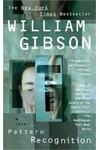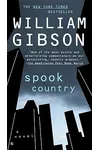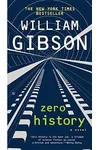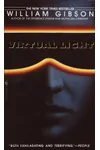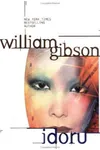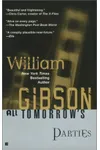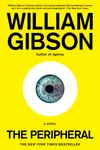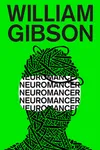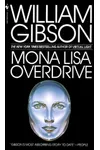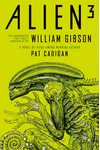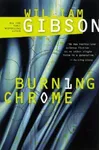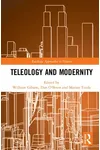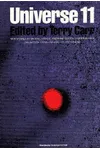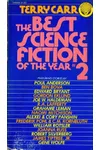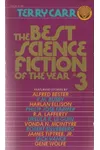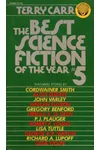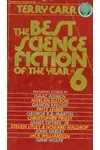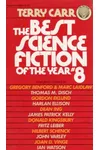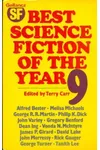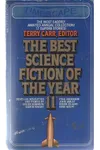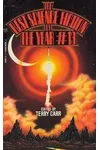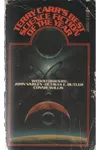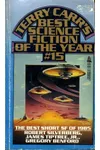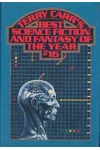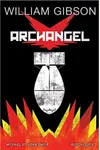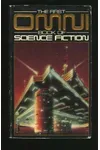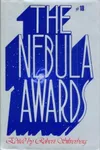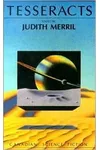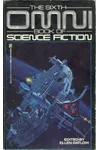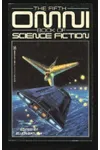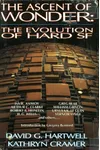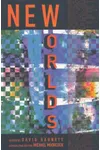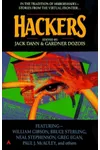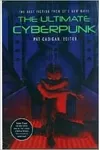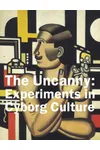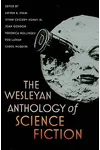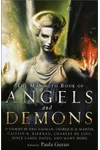Picture a Canadian-American visionary who conjured cyberspace before the internet was a household name—meet William Gibson! With his groundbreaking 1984 novel Neuromancer, Gibson didn’t just write science fiction; he pioneered cyberpunk, a gritty, neon-lit genre that’s shaped how we imagine our digital future. His stories weave technology, culture, and human identity into thrilling narratives that feel eerily prescient.
The Making of William Gibson
Born on March 17, 1948, in Conway, South Carolina, William Gibson’s early life was a mix of upheaval and reinvention. After losing his father young, he moved frequently with his mother, developing a love for science fiction pulps. A self-described ‘teenage loner,’ Gibson dropped out of high school and dodged the Vietnam draft by moving to Canada in 1967. There, he immersed himself in Vancouver’s counterculture, which sparked his fascination with technology’s societal impact. His first stories, published in sci-fi magazines like Omni, hinted at the bold voice that would redefine a genre.
William Gibson’s Unforgettable Stories
Gibson’s debut, Neuromancer, is a cultural juggernaut—the only novel to sweep the Nebula, Hugo, and Philip K. Dick awards. It introduced ‘cyberspace,’ a term Gibson coined, and followed hacker Case navigating a dystopian underworld of AI and corporate intrigue. Its sequels, Count Zero and Mona Lisa Overdrive, form the Sprawl trilogy, blending noir aesthetics with high-tech stakes. Later works like Pattern Recognition (2003) shifted to contemporary settings, exploring branding and globalization with a speculative edge. Gibson’s style—sharp, poetic, and packed with cultural references—creates worlds that feel alive and prophetic, dissecting how technology shapes our desires and fears.
His Blue Ant trilogy (Pattern Recognition, Spook Country, Zero History) and recent novels like The Peripheral (2014) and Agency (2020) show his knack for blending near-future speculation with real-world anxieties. Whether it’s virtual reality or post-apocalyptic politics, Gibson’s themes of connectivity and identity resonate deeply in our tech-saturated age.
Why William Gibson Matters
William Gibson didn’t just predict the internet’s cultural dominance; he gave us a lens to understand it. His cyberpunk vision influenced films like The Matrix, video games like Cyberpunk 2077, and countless sci-fi works. By exploring how technology reshapes humanity, Gibson’s stories challenge us to question our digital lives. His legacy as a literary trailblazer endures, inspiring writers and thinkers to navigate the blurry line between man and machine.
About William Gibson
- Born: March 17, 1948, in Conway, South Carolina
- Key Works: Neuromancer, Pattern Recognition, The Peripheral
- Awards: Nebula, Hugo, and Philip K. Dick for Neuromancer
- Fun Fact: Coined the term ‘cyberspace’ in his 1982 short story ‘Burning Chrome’
Ready to jack into Gibson’s mind-bending worlds? Grab Neuromancer and dive into the electric heart of cyberpunk!
